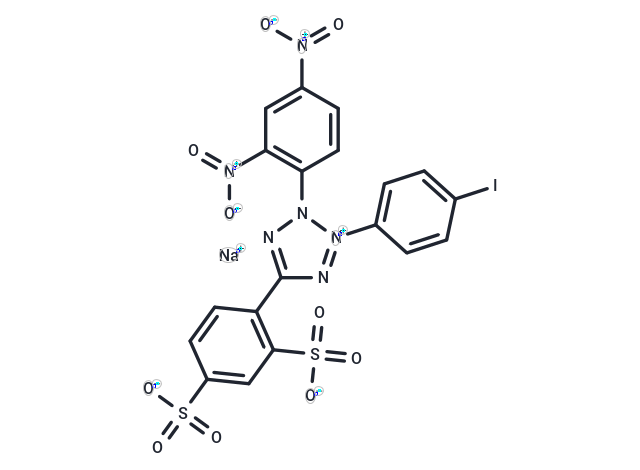Shopping Cart
- Remove All
 Your shopping cart is currently empty
Your shopping cart is currently empty

IPB is a multifunctional dye used in various biological experiments, enabling researchers to observe and analyze cell structures, track and detect biomolecules, evaluate cell functions, distinguish cell types, study tissue pathology, and monitor microorganisms. Its applications extend from fundamental scientific research to a broad range of clinical diagnostics. Additionally, dyes are commonly utilized in traditional areas like textile dyeing, as well as in innovative fields such as functional textile processing, food pigments, and dye-sensitized solar cells.

| Pack Size | Price | Availability | Quantity |
|---|---|---|---|
| 10 mg | Inquiry | Inquiry | |
| 50 mg | Inquiry | Inquiry |
| Description | IPB is a multifunctional dye used in various biological experiments, enabling researchers to observe and analyze cell structures, track and detect biomolecules, evaluate cell functions, distinguish cell types, study tissue pathology, and monitor microorganisms. Its applications extend from fundamental scientific research to a broad range of clinical diagnostics. Additionally, dyes are commonly utilized in traditional areas like textile dyeing, as well as in innovative fields such as functional textile processing, food pigments, and dye-sensitized solar cells. |
| Molecular Weight | 698.36 |
| Formula | C19H12IN6NaO10S2 |
| Cas No. | 161617-45-4 |
| Storage | Powder: -20°C for 3 years | In solvent: -80°C for 1 year | Shipping with blue ice. |

Copyright © 2015-2025 TargetMol Chemicals Inc. All Rights Reserved.